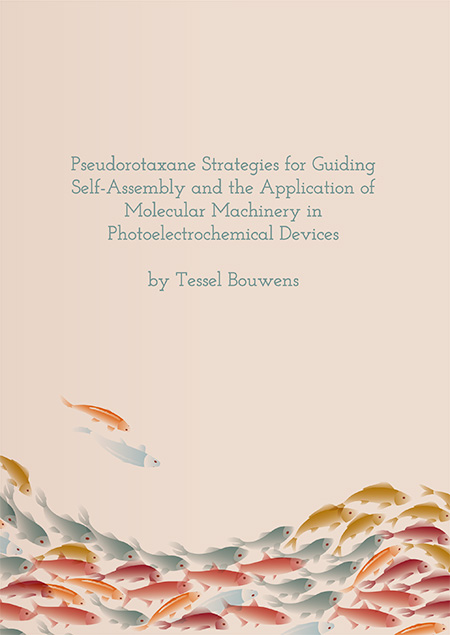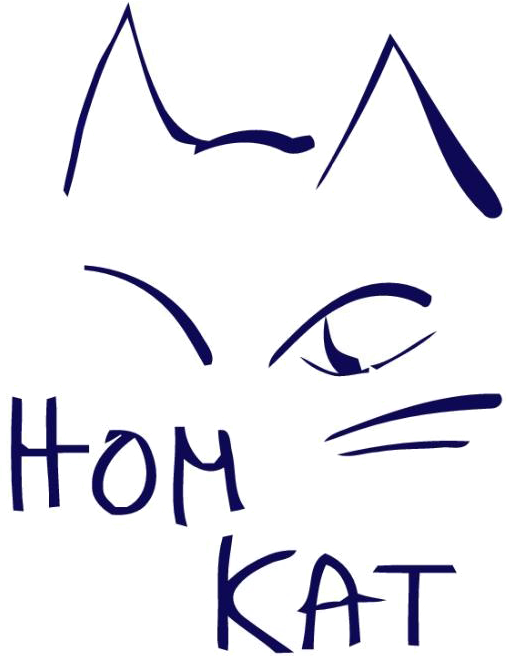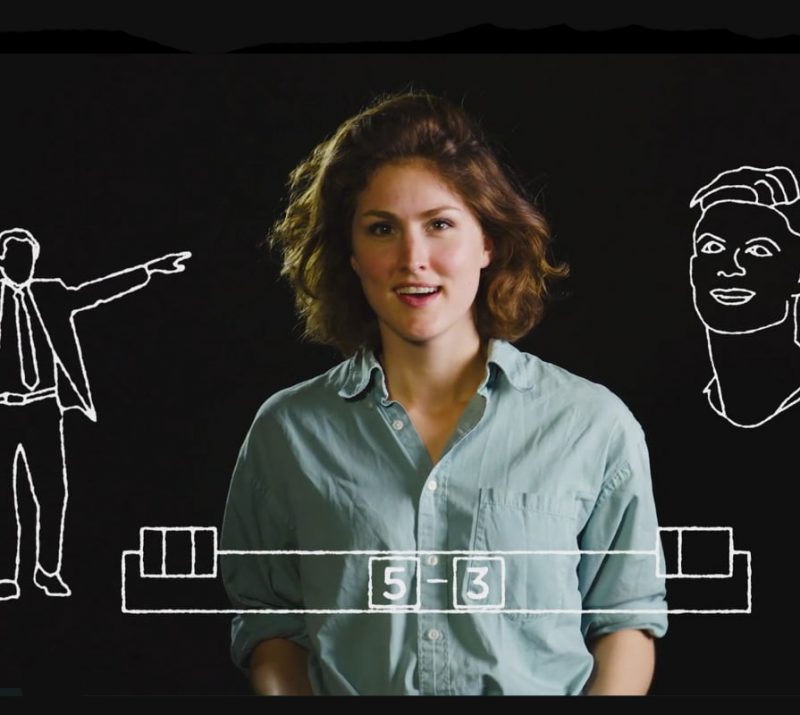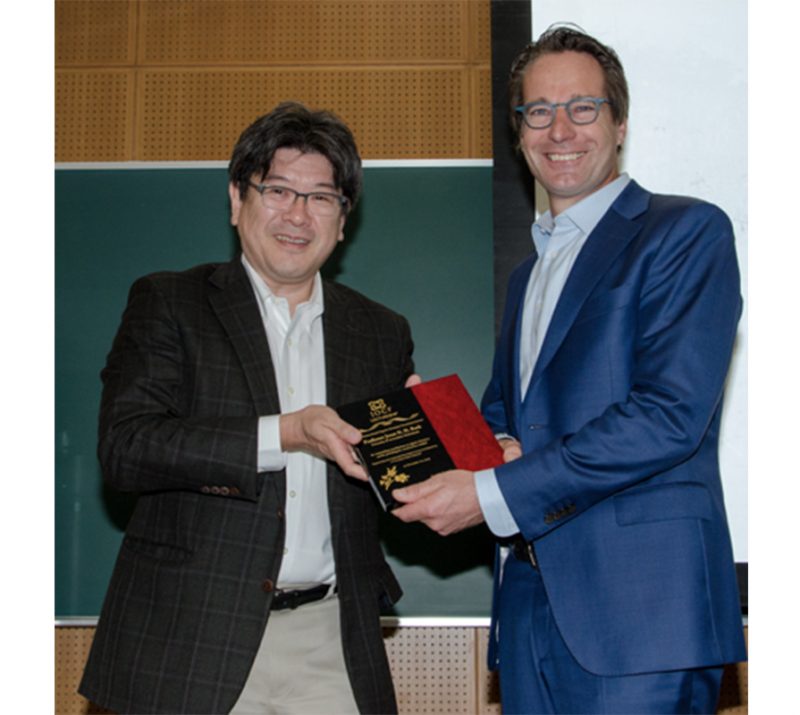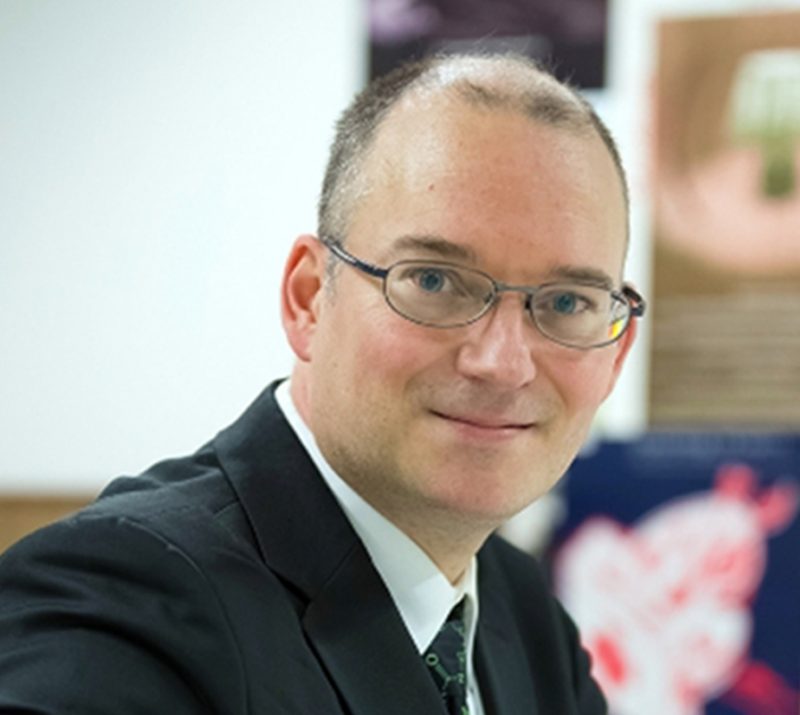
on UvA website: hims.uva.nl
The Dick Stufkens Prize 2022 for best PhD thesis of the Holland Research School of Molecular Chemistry (HRSMC) has been awarded to Dr Tessel Bouwens for her thesis ‘Pseudorotaxane Strategies for Guiding Self-Assembly and the Application of Molecular Machinery in Photoelectrochemical Devices’. Bouwens, who is now a postdoctoral fellow at the University of Cambridge, obtained her doctorate with the qualification ‘cum laude’ from the University of Amsterdam on 15 September 2021.
In her thesis, Bouwens describes studies towards the understanding of self-assembly through non-covalent bond formation and the application of such supramolecular interactions to enhance the efficiency of electron transfer in photoelectrochemical cells. Selecting the winner from eight excellent candidates, the jury for the Dick Stufkens prize 2022 unanimously decided for Tessel Bouwens.
The jury was impressed by the quality of her research and the width of her scientific approach. Her experimental production is considered remarkable, particularly in view of the limitations imposed by the corona measures. Her easy to read thesis testifies to an enterprising researcher, who operates independently already early in her career.
Pursuing her own research idea
Bouwens’ PhD research originated from her participation in the Excellence Program of the Holland Research School of Molecular Chemistry. At the time, this offered its students the opportunity to propose their own PhD research. Bouwens was among the few top students that saw their proposal awarded with a PhD fellowship.
At its heart was the idea to enhance the efficiency of photo-electrochemical devices such as dye-sensitized solar cells by physically separating the charges and thus reducing electron-hole recombination. To achieve such physical separation she proposed to use pseudorotaxane molecules that consist of a redox-active macrocyclic ring that can bind in a reversible, non-covalent fashion with a molecular thread. Connected to a molecular dye, these molecules could act as ‘photoredox shuttles’, carrying away the electrons generated by the dye and thus preventing recombination.
Demonstrating the viability of her idea turned out far from trivial. Her thesis shows how Bouwens successfully passed the many hurdles in an experimental ‘tour-de-force’. She synthesized the building blocks of the photoredox shuttles and characterized these by spectroscopic and electrochemical techniques. She then implemented the supramolecular constructs into a solar cell, which required practical skills in materials science. This solar cell confirmed the concept, but its performance was limited. Inspired by natural photosynthesis, Bouwens continued to redesign the molecular components based upon her understanding of the supramolecular interactions, systematically further suppressing charge recombination and enhancing performance.
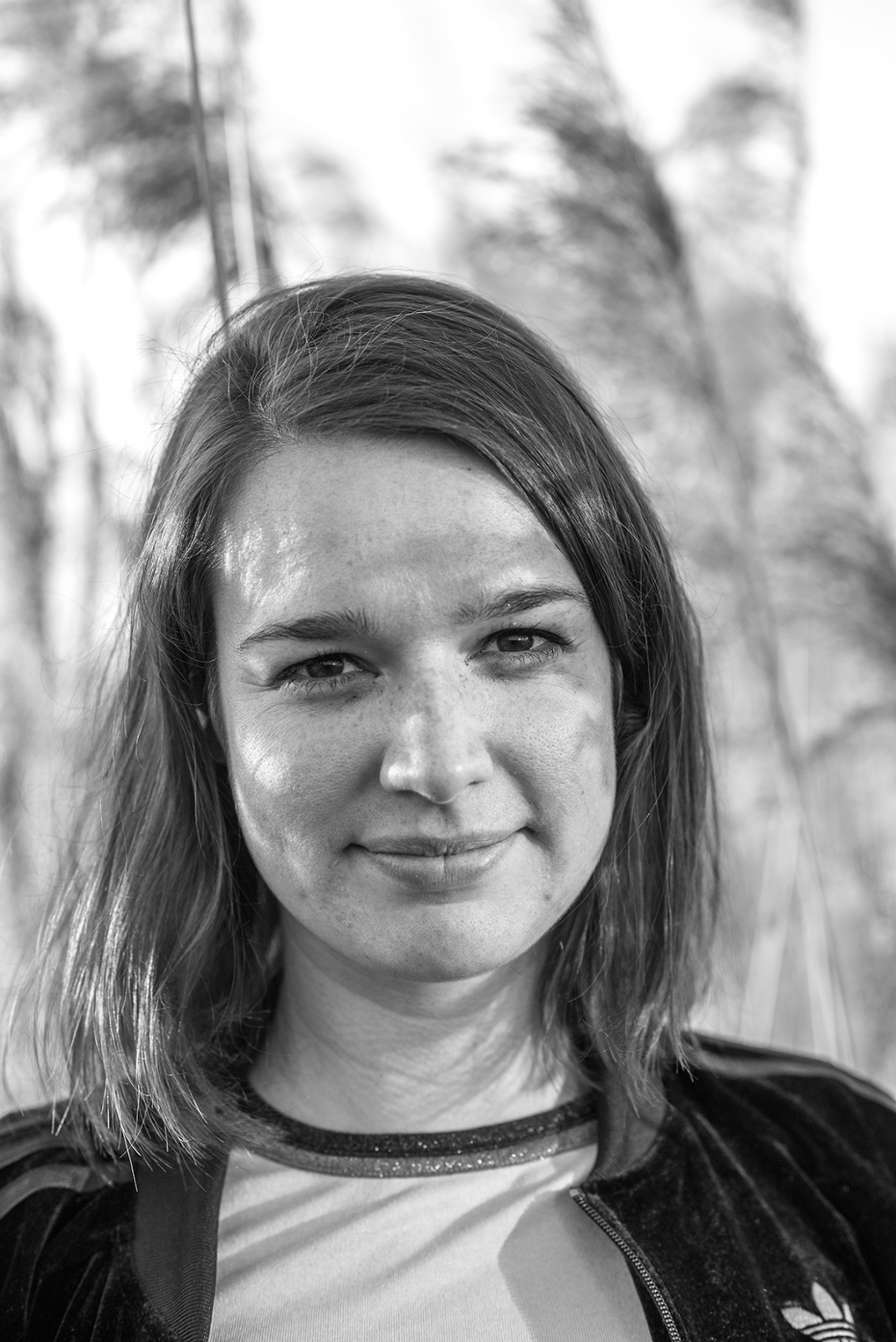
International recognition
Bouwens’ concept of integrating molecular machinery to enhance the efficiency of solar cells received international recognition. Her idea and first results were published already at an early stage as a communication paper in the renowned journal Faraday Discussions. Oral contributions followed at multiple national and international conferences.
While pursuing her initial idea in a practical sense, she also explored the role of supramolecular bond formation in the control of self-assembly on a more fundamental level. This is presented in the first part of her thesis, where Bouwens shows in various, original ways how the interaction of the thread and the ring can guide self-assembly. She incorporated this in two strategies based upon pseudorotaxane formation. In the first one the macrocyclic ring kinetically guides the self-assembly of so-called Fujita-type nanospheres where pseudorotaxane formation functions as catalyst. In the second strategy, ring binding influences the distribution of such nanospheres to guide the outcome of multi-ligand architectures and thereby the level of organisation obtained upon self-assembly.
